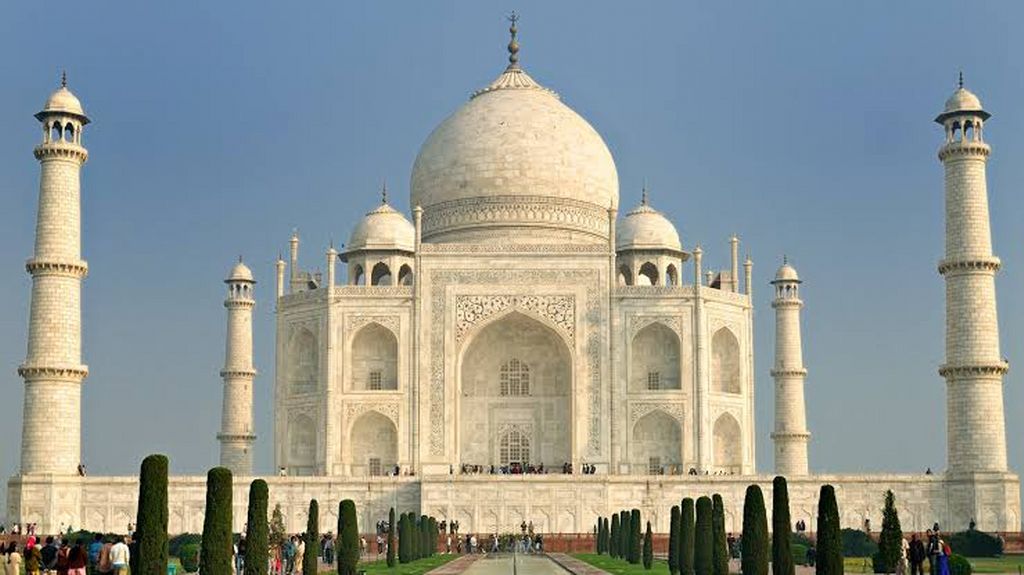
THE TAJ MAHAL is broadly viewed as one of the most excellent structures at any point made. The perfect marble structure in Agra, India, is a catacomb, a suffering landmark to the adoration for a spouse for his preferred wife. It’s likewise an interminable demonstration of the imaginative and logical achievements of a well off domain.
Shah Jahan, “the King of the World,” assumed responsibility for the Mughal Empire honored position in 1628 especially infatuated with the sovereign he named Mumtaz Mahal or “Picked One of the Palace.” The artists at Agra’s Mughal court said her excellence was to such an extent that the moon concealed its face in disgrace before her.
The Mughals were at the pinnacle of their influence and riches during Shah Jahan’s rule, and India’s rich deposit of valuable diamonds yielded him much riches and influence. In any case, he was feeble to stop Mumtaz Mahal’s demise during labor in 1631. Legend has it that she bound him with a deathbed guarantee to fabricate her the most wonderful tomb at any point known.
History of Taj Mahal
The Taj Mahal is a white marble sepulcher worked by Emperor Shah Jahan for his subsequent spouse, Mumtaz Mahal, who kicked the bucket in labor in 1631. For the story behind its development, it is aphoristic to state that it is perhaps the best landmark to cherish at any point manufactured. A large number of laborers worked for more than 20 years on the structure, adorning it with extraordinary improvements including white marble screens and pietra dura decorate with semiprecious stones. At more than 200 feet (60 meters) tall, the structure is the tallest Mughal tomb at any point fabricated and is viewed as the single most prominent work of Mughal design. It is the focal point of a rambling complex of structures, patios, nurseries, and conduits on the edge of the stream Yamuna in Agra. The vast majority of this unique scene is unblemished.
The Taj has for some time been perceived for its remarkable excellence and design merit, and has been an UNESCO World Heritage Site since 1982. It is one of the national images of India and gets a huge number of guests consistently. As with comparatively acclaimed, well known, and delicate locales around the globe, this tremendous deluge of voyagers endangers the physical texture of the landmark. What’s more, albeit new modern improvement in Agra has been prohibited and just non-contaminating vehicles are permitted close to the Taj, natural debasement is as yet a significant worry for the preservation of the tomb and the structures that encompass it. In 1996 out of a noteworthy judgment the Supreme Court of India requested measures to save and secure the situations of Agra to protect the Taj Mahal’s marble façade. The Taj Mahal was incorporated on the 1996 World Monuments Watch to point out the earnest requirement for a far reaching site the executives intend to make a structure
BOOK THIS UNESCO SITE TOUR
Need Tour Scholar Help?
For Tour Packages and Customer Care Support.
+91- 975 668 6666
[email protected]